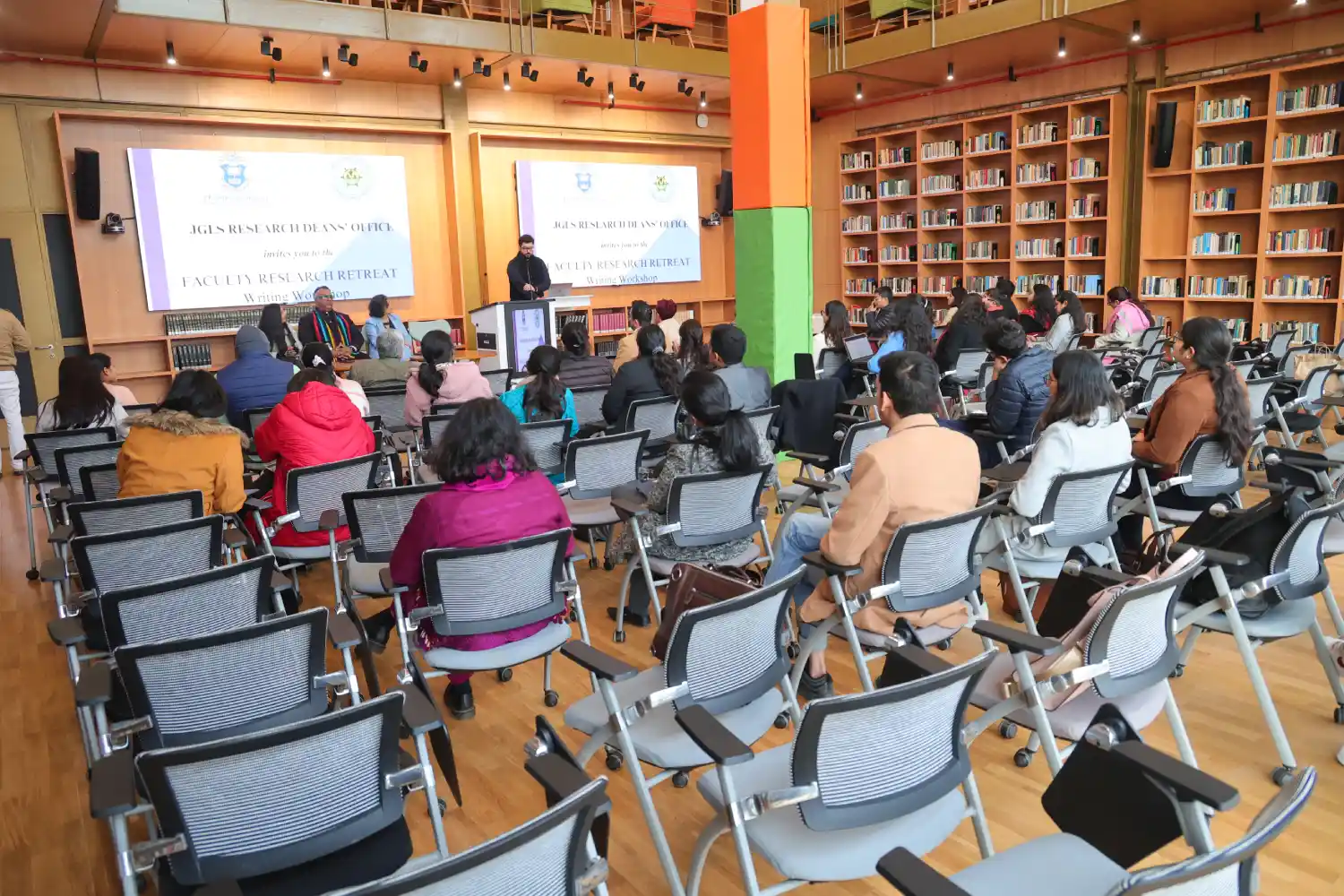Table of Contents
| Serial No. | Main Heads |
| 1 | Introduction |
| 2 | Substantive Obligations of the BBNJ Agreement |
| 3 | The Role of Simplicity in Legal Design |
| 4 | Equity in Resource Access and Benefit Sharing |
| 5 | Safeguarding Global Credibility through Implementation |
| 6 | Institutional Architecture for Effective Governance |
| 7 | The Relevance of Legal Education and the Best Law Universities in the World |
| 8 | Comparative Benchmarks from International Precedents |
| 9 | Conclusion |
Introduction
India’s engagement with the conservation and sustainable use of the ocean commons has entered a decisive phase with its signing of the Agreement under the United Nations Convention on the Law of the Sea on the Conservation and Sustainable Use of Marine Biological Diversity of Areas beyond National Jurisdiction (BBNJ Agreement). Rooted in the framework of the 1982 United Nations Convention on the Law of the Sea (UNCLOS), the BBNJ Agreement addresses the governance gap relating to marine biodiversity in areas beyond national jurisdiction.
As explained by the United Nations, the treaty extends to nearly two-thirds of the global ocean surface and provides a legal framework for the conservation and sustainable use of marine biodiversity in areas beyond national jurisdiction. India’s present task is to draft comprehensive domestic legislation. Such a law must embody simplicity in form, equity in outcomes, and credibility in global perception, principles emphasised by the Indian Council of World Affairs (ICWA). In doing so, it will contribute not only to environmental stewardship but also to the consolidation of India’s status in the architecture of international law.
The BBNJ Agreement functions as an implementing agreement under UNCLOS, alongside the 1994 Deep Seabed Mining Agreement and the 1995 Fish Stocks Agreement, and fills long-standing governance gaps concerning marine genetic resources and the high seas. It is thus a biodiversity governance treaty rather than a climate change instrument, though it indirectly supports ocean resilience amid global warming.
Substantive Obligations of the BBNJ Agreement
The BBNJ Agreement rests on four substantive pillars:
- Marine Genetic Resources (MGRs)
- Area-Based Management Tools (ABMTs)
- Environmental Impact Assessments (EIAs)
- Capacity-Building With Technology Transfer.
Each of these pillars requires incorporation into India’s legal system in a manner that is precise yet adaptable.
Provisions on MGRs demand mechanisms for fair and equitable benefit-sharing, ranging from financial contributions to data dissemination. ABMTs, including the establishment of marine protected areas, require clear procedures for designation, monitoring, and enforcement. EIAs must regulate potentially harmful activities through threshold-based evaluations and transparent review mechanisms. Finally, capacity-building and technology transfer should be operationalised through statutory obligations that both support developing states and strengthen India’s marine scientific competence.
The effectiveness of India’s future law will depend on its capacity to translate these treaty pillars into enforceable domestic norms without generating conflicts with existing frameworks such as the Biological Diversity Act, 2002.
The Role of Simplicity in Legal Design
The complexity of high seas governance creates the temptation to draft equally intricate laws. However, effective domestic implementation benefits from simplicity, which ensures clarity, accessibility, and enforceability. A statute that is overly convoluted risks being rendered ineffective in practice, as regulators, courts, and stakeholders may struggle with interpretation and application.
A streamlined statute also facilitates international oversight and demonstrates compliance with treaty obligations. Yet simplicity does not imply superficiality. Instead, it requires a modular legislative design, one that provides broad statutory powers to competent authorities while delegating technical details to subordinate instruments or rules. This allows the legal framework to remain adaptive to evolving scientific insights and policy needs, which is crucial in the dynamic field of ocean governance.
Students studying at the best law universities in the world often explore how simplicity in law enhances implementation, making this a valuable comparative study topic in international legal design.
Equity in Resource Access and Benefit Sharing
Equity is a foundational principle of the BBNJ Agreement, particularly concerning marine genetic resources. India’s domestic law must institutionalise fair access and benefit-sharing mechanisms that align with this principle.
A potential approach could be the creation of a National Marine Benefit-Sharing Fund that redistributes monetary and non-monetary benefits, such as data, technology, and research collaboration, toward scientific development. This can include support for domestic innovation and cooperation with other developing countries.
Further, the law should require inclusive licensing terms that enable participation by smaller research entities, local communities, and foreign partners from less technologically advanced jurisdictions. Transparent data-sharing and open access to sequence information will reinforce India’s reputation as an equitable and constructive partner in global ocean governance. Students at the best law universities in the world can study how equity frameworks shape biodiversity governance and influence international cooperation.
Safeguarding Global Credibility through Implementation
Credibility in international law arises not merely from signing or ratifying treaties but from faithful domestic implementation. India signed the BBNJ Agreement in September 2024, as reported by the High Seas Alliance, but domestic ratification remains pending. According to Vision IAS, delays may stem from the need to amend existing laws, such as the Biological Diversity Act.
Such a delay can weaken India’s credibility in global environmental diplomacy and in multilateral forums on ocean governance. Moreover, the upcoming law must strike a balance between overreach and underreach. Provisions that are too narrow may create loopholes, while overly broad regulations could exceed treaty authority and invite challenge.
A balanced legislative text, compliant, transparent, and restrained, will enhance trust among international partners. Public consultations, accessible data-sharing, and robust enforcement mechanisms will further anchor India’s global credibility. Research conducted at the best law universities in the world frequently underscores how domestic credibility reinforces international leadership in environmental treaties.
Institutional Architecture for Effective Governance
To fulfil treaty commitments, India’s domestic framework must rest on a robust institutional architecture. A nodal authority, possibly within the Ministry of Earth Sciences, should be designated to oversee implementation. This body should possess statutory authority to coordinate across ministries, propose marine protected areas, evaluate environmental impact assessments, and represent India in BBNJ-related forums.
Supporting this, an inter-ministerial advisory council could ensure the integration of environmental, scientific, defence, and foreign policy perspectives. The law must also provide for public consultation and collaboration with universities and research institutions, fostering legitimacy and scientific grounding.
Oversight mechanisms, including judicial review and independent audits, will safeguard accountability. The institutional design should mirror that of the BBNJ Agreement, including its Conference of the Parties and Clearing-House Mechanism, and remain consistent with relevant provisions of UNCLOS on marine environmental protection and scientific research.
The Relevance of Legal Education at the Best Law Universities in the World
The process of drafting and implementing a BBNJ law offers a profound educational opportunity for Indian legal academia. For students and scholars within India’s leading law faculties, this initiative serves as a case study in environmental law, treaty design, and global governance.
By embedding such research and simulations into curricula, Indian law schools can align themselves with the academic standards of the best law universities in the world, which emphasise practical exposure to international negotiations and treaty interpretation.
This intellectual engagement not only enhances India’s academic visibility but also nurtures future lawyers adept at navigating international environmental regimes. The integration of such advanced studies into legal education thus reflects India’s broader aspiration to bridge the gap between policy innovation and academic excellence.
Conclusion
The BBNJ Agreement represents a transformative advance in international ocean biodiversity governance. For India, domestic implementation is both an environmental obligation and a diplomatic opportunity. A legislative framework rooted in simplicity, equity, and credibility will enable India to fulfil its treaty commitments while reinforcing its leadership in multilateral ocean governance.
Studying law keeps you aware of how the world is changing and helps you understand the forces that shape governance, justice, and global cooperation. At institutions like Jindal Global Law School (JGLS) and other best law universities in the world, students learn to see law not just as a set of rules, but as a living framework that connects nations, people, and ideas. Staying informed through legal education allows you to engage with emerging global issues, whether in oceans, trade, or technology, and to contribute meaningfully to building fairer and more effective systems for the future.





